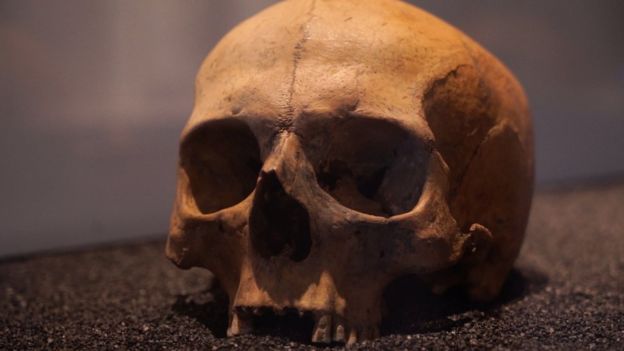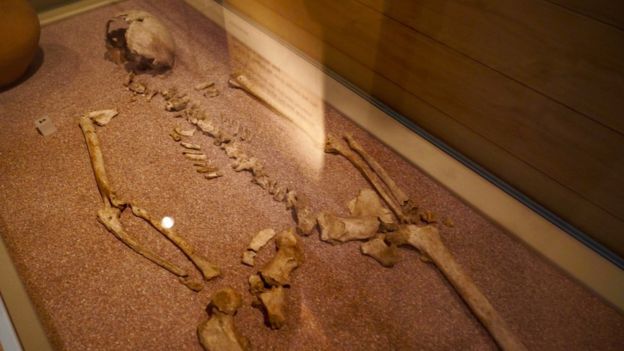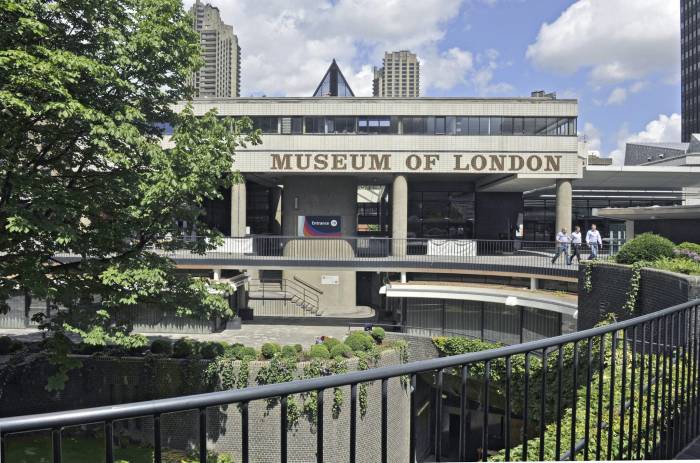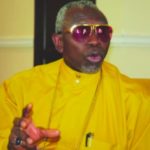
source
There are 20,000 human remains stored in the Museum of London; some are as old as 5,500 years. A DNA study was done on four people – two had origins from outside Europe, one was from continental Europe, and the other was native to the area – and the results showed that London may have been as ethnically diverse in the past as it is now. The research and skeletons that were analyzed will be displayed starting 27 November 2015.
The history of these people was unknown for a long time
Museum researchers teamed up with scientists at Durham University and an ancient DNA lab at McMaster University in Canada to analyze and reconstruct the DNA of the four people. These new techniques allowed the team to figure out where each person came from, how they lived and how they died. Dr. Rebecca Redfern, a curator at the museum, said that it was not possible to know the origins of these people before new ancient DNA and chemical analysis techniques.
“Most of the human remains in our collection don’t have any coffin plates or any sort of biographical information, so by doing these types of studies we are able to show where people came from and learn more about them as a person, about aspects of their physical appearance, and so we can really give people back their voices.”

{adinserter CNP5}
The Lant Street Teenager
Each of the remains has gotten their own nicknames from museum curators. The most complete skeleton is that of a 14-year old girl called The Lant Street Teenager. Her DNA and chemicals in her teeth were analyzed. The result found that she grew up in North Africa and her mitochondrial DNA lineage, which is passed down through the maternal line, is common in southern and Eastern Europe. Researchers also found that she had blue eyes, but certain parts of her skeleton suggested Sub-Saharan African traits.

The Mansell Street Man
Another skeleton, called the Mansell Street Man, was over 45 years old. He had dark brown hair and eyes. His mitochondrial DNA line is from North Africa and other parts of his remains display African traits too. But based on the chemical analysis of his teeth, he grew up in London and did not travel there, unlike The Lant Street Teenager. Plus, his skeleton shows that he had a bone disease linked to diabetes and caused by a protein-rich diet. This was an interesting find since this disease is known to mostly affect white Western males.

The Gladiator
A skull of a man aged 36-45 was found in a pit, with 38 other heads of men aged 18-45. It is possible that he was a gladiator, especially since all of the men found in the pit were killed violently. This man had several healed skull injuries, so he had gotten into a few altercations. He was not born in London and his maternal line is common to Eastern Europe and the Middle East.

The Harper Road Woman
The Harper Road Woman was the only one who was a native Briton. She had brown hair and eyes. It is estimated that she died not long after Britain was invaded by the Roman Empire in AD 43. Even though Rome had not been in charge of London that long in her lifetime, she is buried with Roman pottery and other belongings. Ms. McDonald was intrigued by the fact that a native Briton adopted a Roman lifestyle within a few years of the conquest. Caroline McDonald, a senior curator at the museum, thought this was particularly telling.
“What this is telling us is that people’s identities were very, very fluid… her family wanted to portray a certain Roman style of identity. The Harper Road woman would have adapted her identity depending on who she was meeting – the way that we all do,” she said.
Another interesting thing about the Harper Road Woman – she was genetically male and physically female.

They hope to analyze more remains
Next the museum hopes to analyze more Roman Londoners, a group of Napoleonic soldiers, marines that were buried in Greenwich, and a group of medieval monks.
“We would like to do an awful lot more because everyone has their own story to tell – so the more people we are able to analyse the more stories we can tell about London,” Dr. Redfern said.

SEE ALSO: A New Species Of Early Humans Was Discovered In South Africa.






